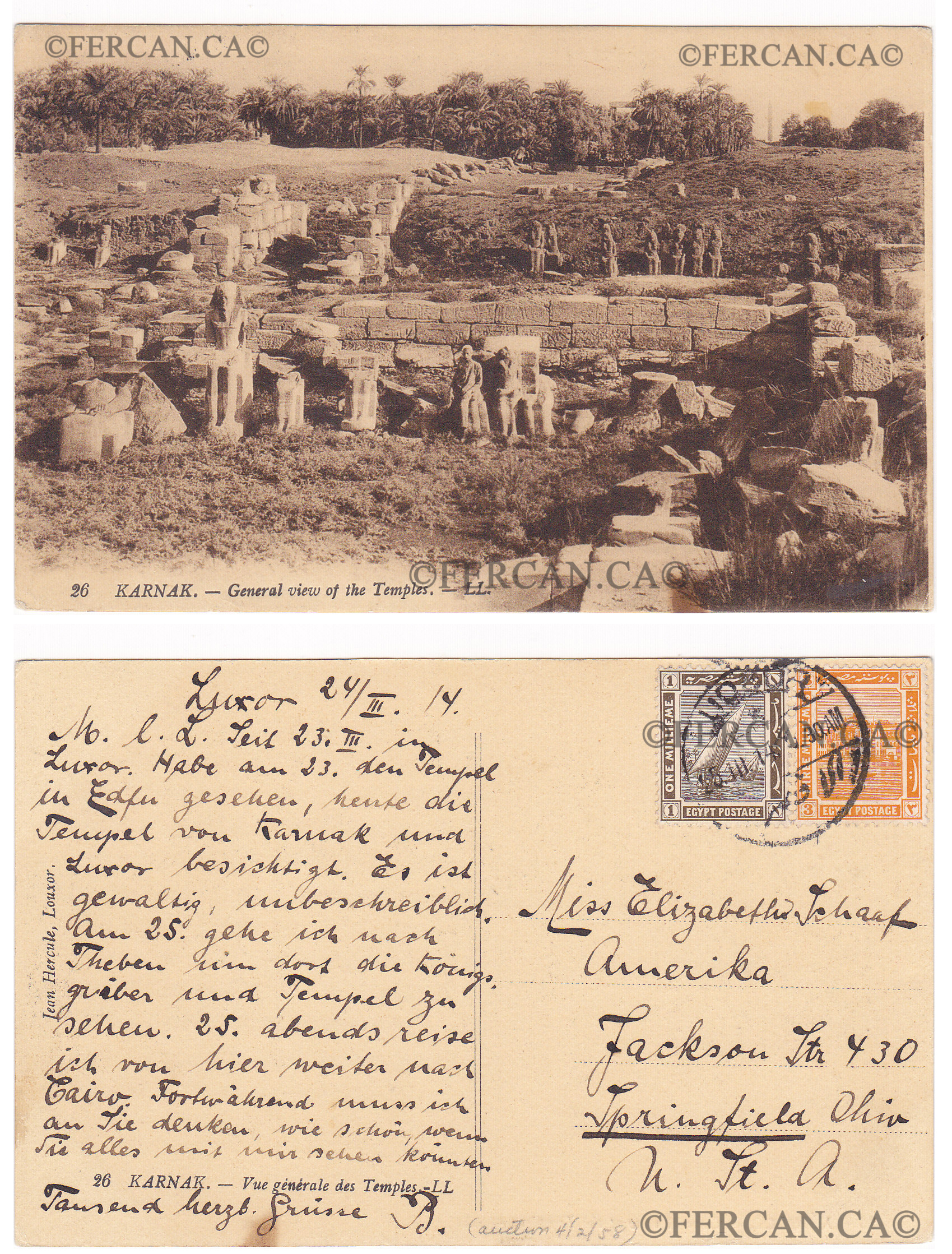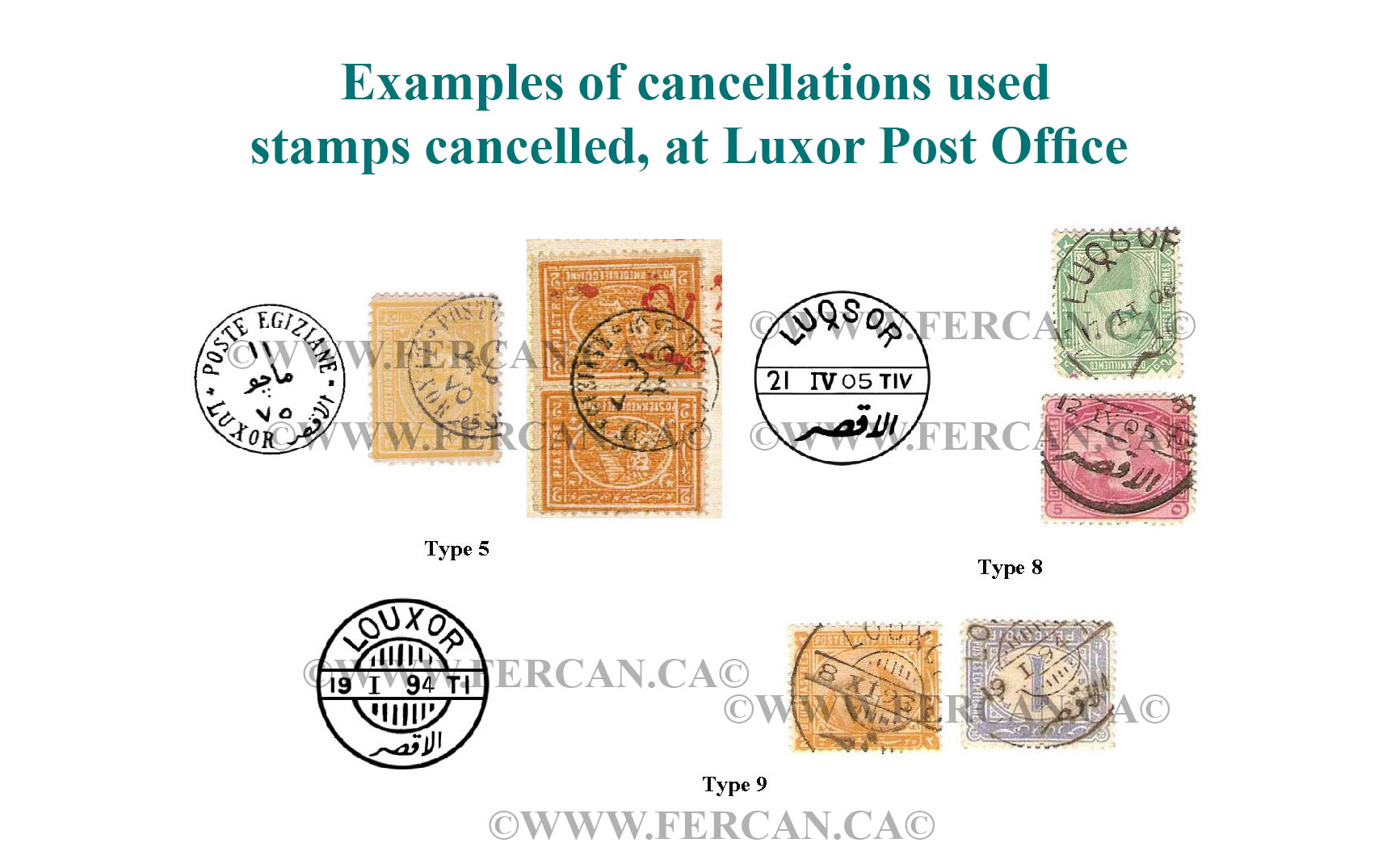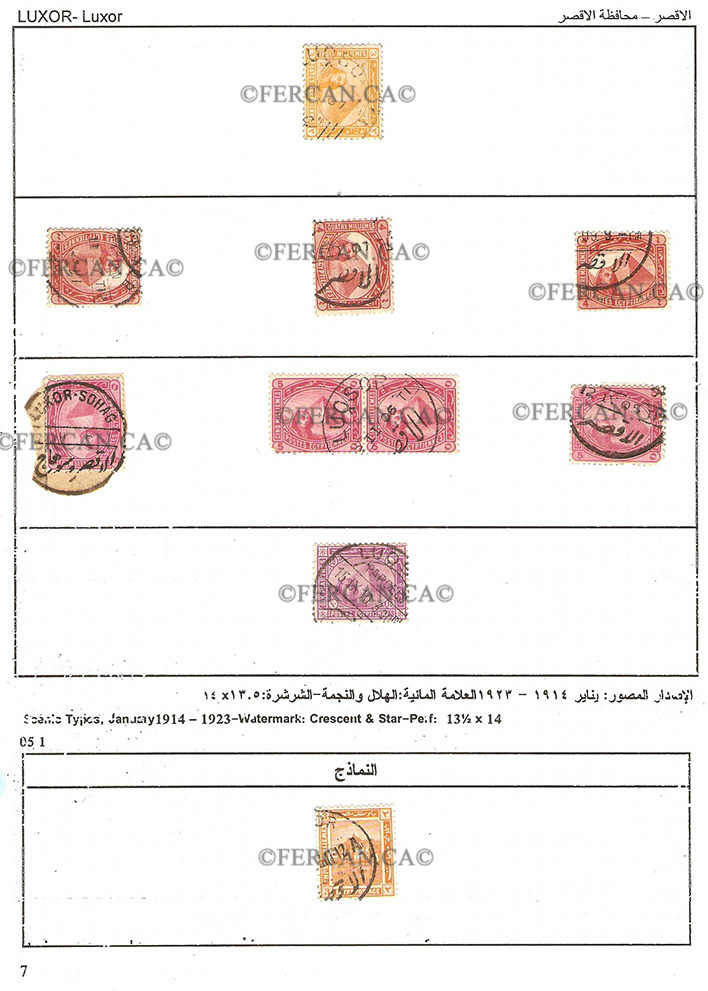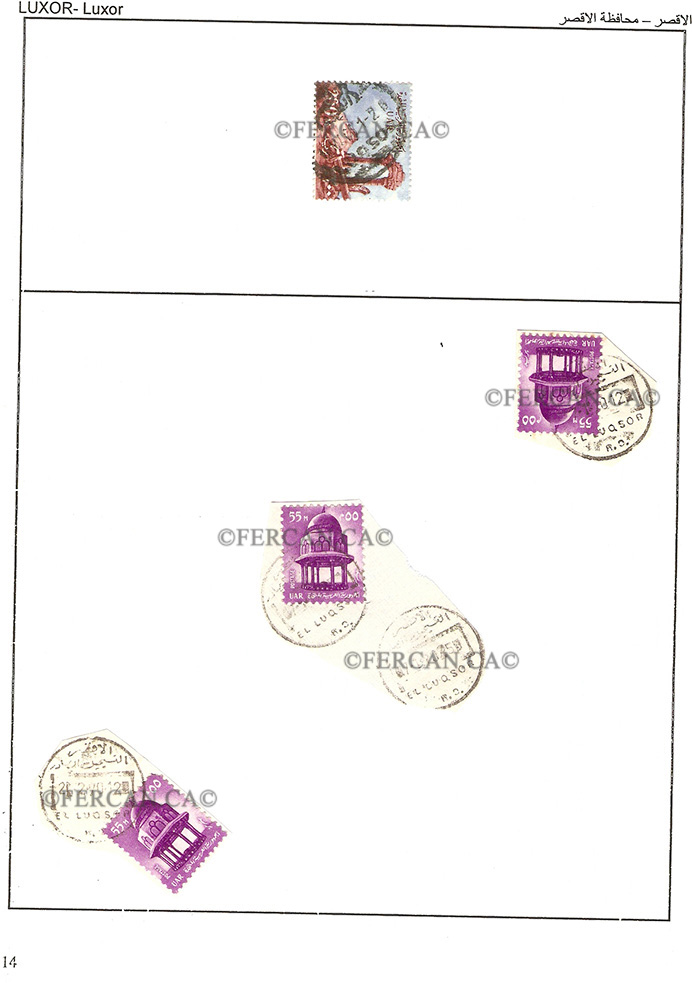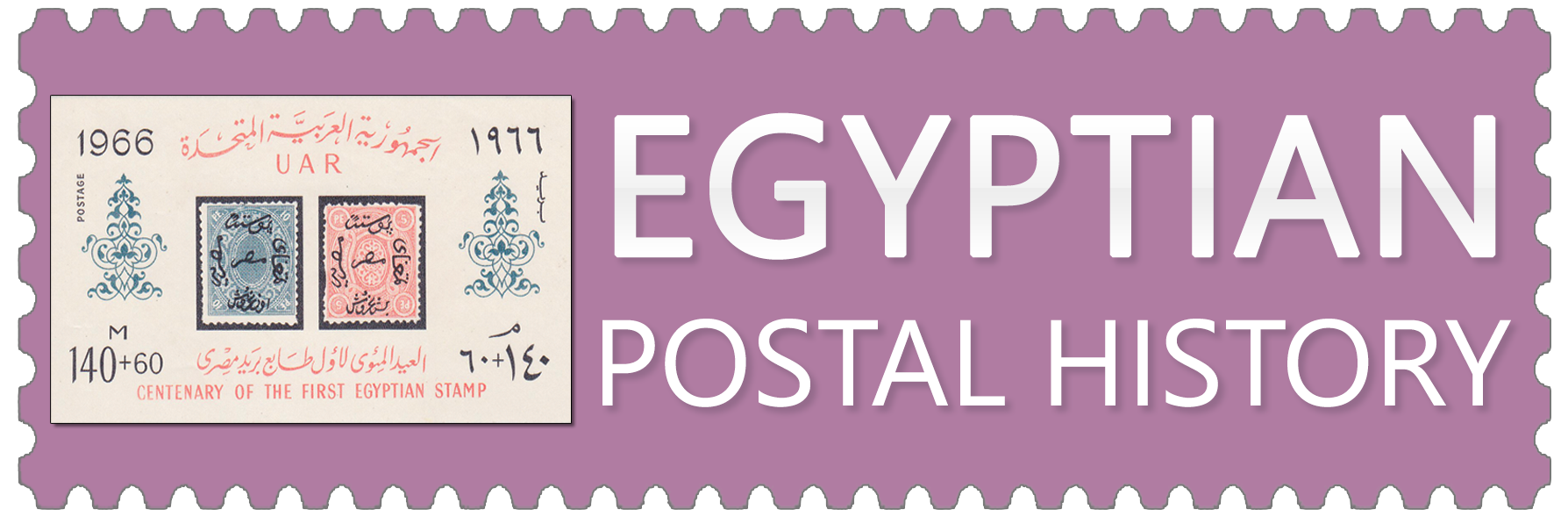Luxor is one of the governorates of Upper Egypt. It combines both the ancient past and the present-day, modern era at the same time. There is no place in Luxor free from monuments that indicate the greatness of the ancient Egyptians thousands of years BC.
The most important monuments in Luxor are:
- The Temple of Luxor
- The Temple of Karnak
- The Museum of Luxor
- The Tombs of the Valley of the Kings
- The Tombs of the Valley of the Queens
- The Funerary Temples
- The Tombs of the Elites
- The Temple of Esna
Luxor attracts a large part of the cultural tourism comes to Egypt. It is the store of Ancient Egyptian Civilization as it contains more than 800 tourism sites include the finest of what Egypt inherited from Human Heritage. Luxor (known in the past as Tiba) was the capital of Egypt until the beginning of the Sixth Pharaonic Dynasty, when the capital was transferred to Memphis in the north.
For this Egypt has to reconsider its old position by making it one of the most important Egypt's governorates from economic field.
Luxor has more than one-third of the ancient monuments in the world.
Luxor Temple was constructed in honour of the idol Raa, who celebrated his wedding anniversary by moving the procession from The Temple of Karnak to The Temple of Luxor. Its establishment dates back to Ramses II and Amenhotep III. The entrance of the temple is marked by an edifice that was built by Ramses II and has two huge statues of Ramses II while he is sitting. In front of the temple there were two obelisks, one is still there and the other was moved to Concord Square in Paris, France. Beyond the edifice there is Ramses II's Yard which is surrounded by two rows of columns shaped like a bouquet of papyrus. In the northeast corner there is the mosque of Abu El-Hagag. The remaining parts of the temple were built by Amenhotep III. The temple begins with a hall of 14 huge columns divided into two rows. Then there is a large open yard. After that there is the Hypostyle, which contains 32 columns, then the room of the Holy Boat. Alexander the Great succeeded in constructing a small compartment within the compartment of Amenhotep III that carries his name. At the end there is the room of the Saint of Saints, which contains the Holy Statue and four columns.
Karnak Temple is believed to have been the greatest place of worship in all of history. It contains the temple of the idol Amun, his wife Mawt, and their child Khenso, the moon idol. Karnak was known as El-Hesn (The Fort) after the Arab Conquest. The approach to the temple includes the Road of Rams that represents Amun, which was considered a symbol of fertility and growth. Under the heads of these rams is a carved statue of Ramses II. The temple itself begins with the edifice of King Nkhtbo of the 30th Dynasty, and then it contains a large yard, then three compartments of the trinity of Tiba (Luxor), the old capital. After that, there is a hall containing 134 columns, characterized by their great height. The Obelisk of Hatshepsut comes after that, followed by the Saint of Saints, the yard of the Middle Kingdom, and the great Celebration Hall which dates back to the era of Thutmose III.
The two statues of Memnon are the remains of the Temple of Pharaoh Amenhotep III. Each statue is 19 meters high. The Greeks called them ‘Memnon’ because the eastern statue had cracked and made a sound that seemed like the voice of the legendary hero Memnon who was killed during the Trojan Wars. He had been calling for his mother Ayous, the goddess of the dawn, every morning and she had been crying tears of dew.
Luxor has had several names throughout its history, the most famous of which are Tiba, the City of 100 Doors, the City of the Sun, the City of the Light, and the City of the Mace.
The Arabs named it Luxor as a plural of Kosor, which means castles. It was so named because of the huge number of castles and temples in the city at the time of the Islamic Conquest of Egypt. Luxor is the most important tourism site during the winter in Egypt. It attracts those who are fascinated by the Pharaonic civilization.
The city of Luxor is distinguished by its unique nature, and has become the most important touristic site in Egypt. It contains many monuments that show the greatness of the ancient Egyptians, such as the Temple of Esna, the Temple of Armant, and the Monastery of St. Mary George in Reziqat.



